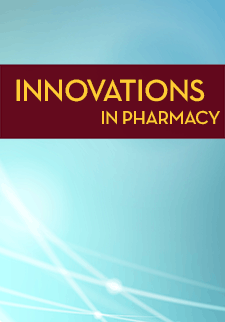Evaluating the Impact of Drug Dispensing Systems on the Safety and Efficiency in a Singapore Outpatient Pharmacy
Peter Ong Yong Sheng
Chen Li Li
Wong Jane Ai
Yeyen Gunawan
Goh Wei Jiang
Tan Mui Chai
Lee Soo Boon
DOI: https://doi.org/10.24926/iip.v5i3.351
Keywords: automation, robot, machine, automated drug picking, pharmacy automation
Abstract
Purpose: Automation of pharmacy workflow can reduce medication errors as well as improve efficiency of the medication picking, packing and labeling process. Since September 2012, two drug dispensing systems (DDS) began operations in the Singapore General Hospital Specialist Outpatient Clinic Pharmacy. This study sought to evaluate the impact of the DDS on safety and efficiency in the pharmacy.
Methods: The primary outcome was the rate of prevented dispensing incidents contributed by DDS or manual picking of medications defined as the number of prevented dispensing incidents per 1000 medications picked. The secondary outcome was the productivity of each full time equivalent (FTE) when assigned to either the DDS or manual picking stations. Data pertaining to the primary and secondary outcomes between January and December 2013 were collected and analyzed. The rate of prevented dispensing incidents was expressed in median (interquartile range) and compared using Mann-Whitney U test. Other continuous variables were expressed in mean ± standard deviation and compared using independent samples t-test.
Results: An average of 59494 medications was picked every month in the pharmacy. DDS accounted for 21.1 percent while manual picking accounted for 78.9 percent of all the medications picked. The median rate of prevented dispensing incidents per month committed by manual picking (2.73) was significantly higher than the DDS (0.00). DDS had greater productivity with each FTE in the DDS having an average of 6175 picks per month which was significantly higher than each FTE in the manual picking stations which had an average of 4867 picks per month.
Conclusion: Installation of DDS in an outpatient pharmacy improved safety of the pharmacy workflow by automating the medication picking, packing and labeling process and minimizing human errors. Efficiency of the medication picking, packing and labeling process was also improved by the DDS as there were continuous efforts to boost their productivity as well as being more reliable and better able to handle fluctuations in patient load.
Type: Original Research


